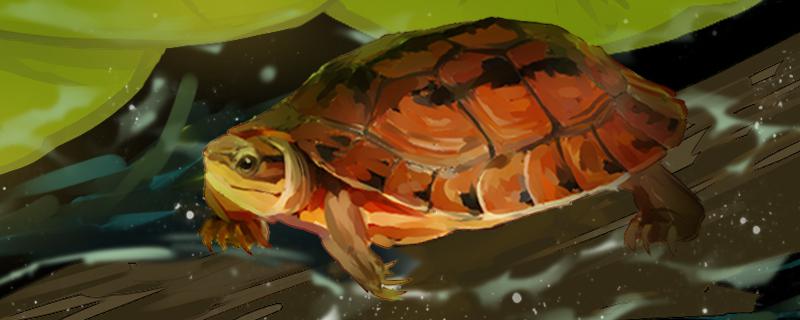
1, food: Money tortoise is not picky to food, most food can eat. Breeders can feed them some small fish, shrimps, tadpoles, earthworms, shellfish, lean meat, animal viscera and so on. These foods contain a lot of protein and fat, which can meet their daily energy needs. We should also regularly feed some foods rich in vitamins, such as carrots, lettuce, pumpkins, apples and bananas, because these foods can improve their resistance and immunity.
2. Feeding amount: Money turtles do not eat much, so the amount of feeding each time should not be too much. If they are fed too much, they are prone to gastrointestinal diseases, so the amount of feeding each time should be controlled at 70% full.
3. Feeding frequency: The feeding frequency of money turtles varies with different ages. Young money turtles can be fed 1-2 times a day, and adults can be fed once every 2-3 days. If conditions permit, they can also be fed once a day, but only to 5-6% full each time.
is a shallow water turtle, the water level can not be too deep, so the water level of the money turtle is best controlled above the carapace. They can survive in water temperatures between 26 and 32 degrees Celsius, and breeders need to control the water temperature above 26 degrees Celsius, but they need to lower the temperature after they enter hibernation. Money turtles like large spaces, and breeders need to prepare large containers at an early age to avoid discomfort when they change containers later.